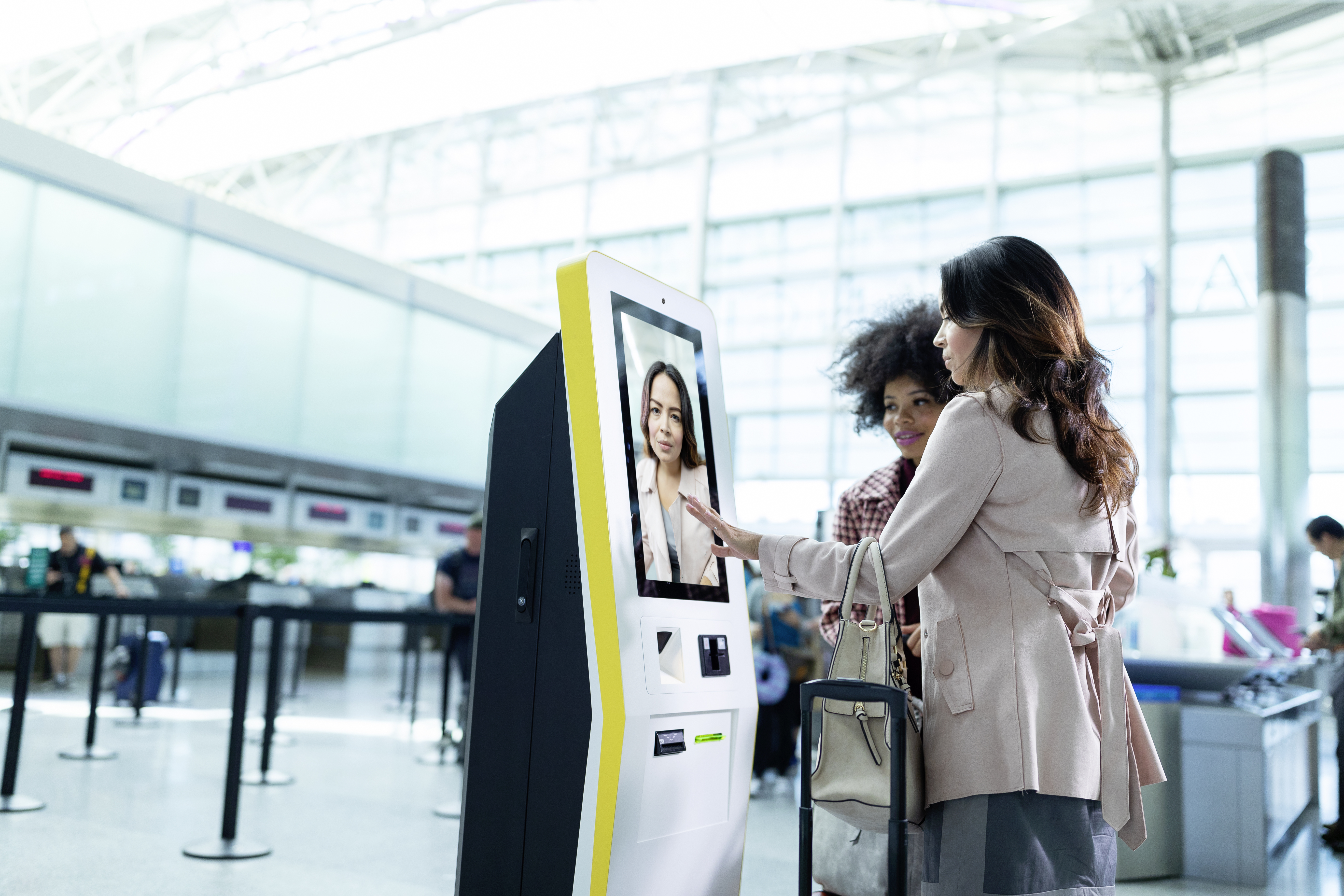
The deadline for REAL ID has come and gone—and for most Americans, it was a travel day like any other. Major airports across the U.S. reported normal security wait times and operations. According to the U.S. Department of Homeland Security, 81% of travelers were REAL ID-ready—so that helped. Plus, those who traveled without a REAL ID weren’t denied entry, but instead given verbal reminders and pamphlets to prompt their compliance going forward.
Predictions of travel chaos did not come to fruition. And that may assuage the fears of those Americans who have upcoming travel plans, but are not yet in possession of a REAL ID. The question is: how long will the Transportation Security Administration (TSA) be this lenient?
The busy summer travel season is nearly here, and according to a recent survey of more than 1,500 U.S.-based TripIt users, nearly all respondents (94%) are planning to travel before the end of August. More than two-thirds (69%) plan to fly within the U.S., and 45% will fly internationally.
We asked these travelers how prepared they were to comply with the REAL ID requirement on their next trip. We were also curious how they felt about the future of travel technology, including the use of a digital travel credential and facial recognition technology.
Here’s what they had to say:
Nearly all TripIt travelers were ready for REAL ID
An organized traveler is a prepared traveler. So it came as little surprise that 86% of TripIt travelers had a REAL ID ahead of the May 7 deadline—a five-point increase over the broader traveler population.
Of the 13% of respondents who did not yet have a REAL ID, nearly two-thirds (61%) planned to use a passport instead. Passport holders or not, over a third (36%) of travelers without a REAL ID said they were unsure when they’d upgrade to one; another 21% said they plan to get one, but haven’t started the process yet.
Two-thirds of travelers favor a digital travel credential
Those traveling internationally this summer (and beyond) might be paying closer attention to another travel-related announcement: the introduction of a digital travel credential.
The International Civil Aviation Organization (ICAO), the United Nations agency that oversees international air navigation, recently announced plans to roll out a digital travel credential (DTC) that would rely on facial recognition technology and smartphones to deliver a seamless airport experience. To date, a pilot program in Finland has yielded ~90% participant approval.
When we asked TripIt users for their take, the majority were in favor: 69% of travelers said they were somewhat or very comfortable with the use of a digital travel credential and facial recognition technology in travel. However, one in five travelers (21%) said they were somewhat or very uncomfortable.
Concerned about data privacy, travelers expect greater transparency
The use of facial recognition technology at airports isn’t new—or rare. U.S. Customs and Border Protection utilizes biometric facial comparison technology to process travelers entering the U.S. at more than 200 airports. Airlines like Delta, United, and American use facial recognition technology to expedite the security screening process for TSA PreCheck members. Plus, some airports, like Amsterdam’s Schiphol Airport, have been using facial recognition technology for boarding flights for years.
Given their experiences, some TripIt travelers reported concerns with the use of facial recognition technology. Their top concerns included:
- Data privacy (53%)
- Tech reliability (50%)
- Lack of human oversight in case something goes wrong (47%)
- Government overreach (46%)
Despite these concerns, most travelers (58%) believe the shift to digital identity and facial recognition technology will improve the travel experience overall. Some (18%) believe it will harm the experience—and many believe there’s room for improvement when it comes to data transparency: just 7% said travel authorities have been very transparent about the use and storage of travelers’ biometric data.
To earn travelers’ trust, agencies, airlines, and airports alike must answer the call for greater data transparency. The future of travel—one built on personalized and seamless experiences—depends on it.
Methodology: TripIt surveyed more than 1,500 U.S.-based users to understand their upcoming travel plans, plus their attitudes and behaviors regarding travel-related regulations and technology. The survey took place April 22 - May 2, 2025.

